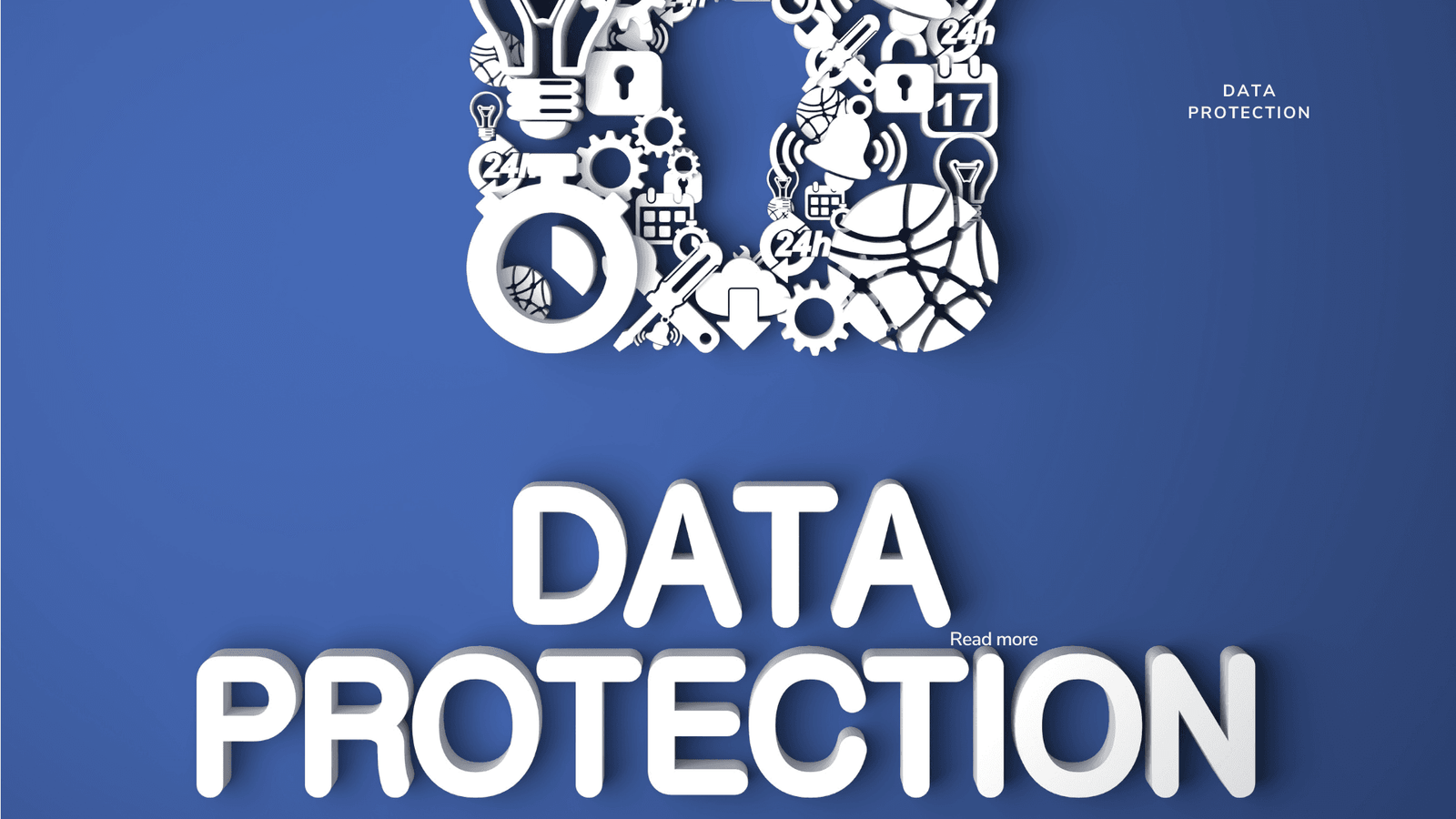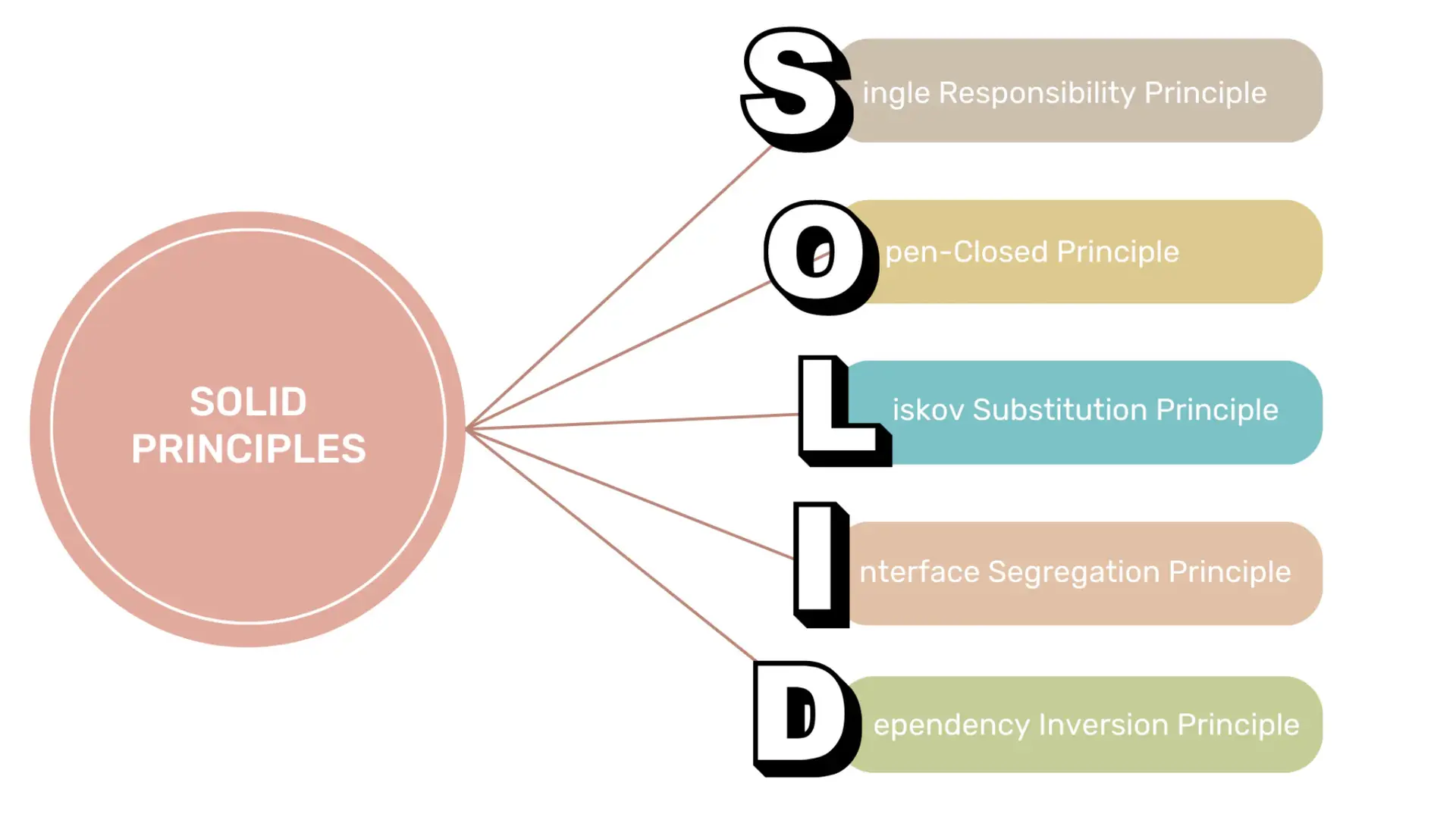Smart Phone Remote Controller ● Widespread Compatibility: Your smartphone can function effectively with the standard connector that is frequently used to replace iOS cellphones.● Plug and Play: Your smartphone may become an…
Binomial, Normal Distribution, Matrices for Data Science

Enhance your data science skills and stay ahead in this rapidly growing field. Enroll now and unlock new opportunities in the exciting world of data science. and learn Binomial, Normal Distribution, Matrices for Data Science foundation.

The Ultimate Data Science Course: Part 3 Review
Introduction
Data science is a rapidly growing field that involves extracting knowledge and insights from vast amounts of data.
As technology advances, the demand for skilled data scientists continues to rise. To stay ahead in this competitive industry, it is essential to continuously update your skills and knowledge.
In this blog post, we will review the highly acclaimed Udemy course, “The Data Science Course 2020: Q2 Updated Part 3,” and explore its content and benefits.
Course Overview
The Data Science Course 2020: Q2 Updated Part 3 is the third installment of a comprehensive series designed to equip learners with the necessary skills to excel in the field of data science.
The course is taught by an industry expert and covers a wide range of topics, including advanced machine learning algorithms, natural language processing, deep learning, and more.
In this course we continue to build your foundation on Data Science. In our Part 2 course you learned Probability, Descriptive Statistics, Data Visualization, Histogram, Boxplot & Scatter plot, Covariance & Correlation. In Part 3 we will help you learn Binomial & Normal Distribution, TOH, CRISP-DM, Anova, Matrices, Coordinate Geometry & Calculus.
You will learn the following concepts with examples in this course:
Normal distribution describes continuous data which have a symmetric distribution, with a characteristic ‘bell’ shape.
Binomial distribution describes the distribution of binary data from a finite sample. Thus it gives the probability of getting r events out of n trials.
Z–distribution is used to help find probabilities and percentiles for regular normal distributions (X). It serves as the standard by which all other normal distributions are measured.
Central limit theorem (CLT) establishes that, in some situations, when independent random variables are added, their properly normalized sum tends toward a normal distribution (informally a bell curve) even if the original variables themselves are not normally distributed.

Decision making: You can calculate the probability that an event will happen by dividing the number of ways that the event can happen by the number of total possibilities. Probability can help you to make better decisions, such as deciding whether or not to play a game where the outcome may not be immediately obvious.
CRISP–DM is a cross-industry process for data mining. The CRISP–DM methodology provides a structured approach to planning a data mining project. It is a robust and well-proven methodology.
Hypothesis testing is an act in statistics whereby an analyst tests an assumption regarding a population parameter. Hypothesis testing is used to assess the plausibility of a hypothesis by using sample data. Such data may come from a larger population, or from a data-generating process.

Analysis of variance (ANOVA) is a collection of statistical models and their associated estimation procedures (such as the “variation” among and between groups) used to analyze the differences among group means in a sample. ANOVA was developed by statistician and evolutionary biologist Ronald Fisher.
Basics of Matrices, Coordinate Geometry, Calculus & Algebra
Through our Four-part series we will take you step by step, this course is our third part which will solidify your foundation.
Conclusion
The Data Science Course 2020: Q2 Updated Part 3 is a comprehensive and well-structured course that covers advanced topics in data science.
From advanced machine learning algorithms to natural language processing and deep learning, this course equips learners with the skills and knowledge needed to excel in the field of data science.
With its clear explanations, code examples, and hands-on exercises, this course offers a valuable learning experience for both beginners and experienced data scientists.
Whether you are looking to enhance your existing skills or start a career in data science, this course is a worthwhile investment.

If you are passionate about data science and eager to stay updated with the latest advancements in the field, I highly recommend enrolling in “The Data Science Course 2020: Q2 Updated Part 3” on Udemy.
Expand your knowledge, enhance your skills, and unlock new opportunities in the exciting world of data science.
https://itexamsusa.blogspot.com/2023/12/mastering-matlab-programming-for.html
https://itexamsusa.blogspot.com/2023/12/monolith-vs-microservices-which-one-is.html
https://itexamsusa.blogspot.com/2023/12/publicprivate-keypairs-and-generating.html
https://itexamsusa.blogspot.com/2023/10/exam-dp-203-data-engineering-on.html
https://itexamsusa.blogspot.com/2023/10/ccnp-enterprise-advanced-routing-enarsi.html
https://itexamsusa.blogspot.com/2023/10/red-hat-certified-engineerrhce-ex294.html
https://itexamsusa.blogspot.com/2023/09/github-actions-to-auto-build-your.html





































